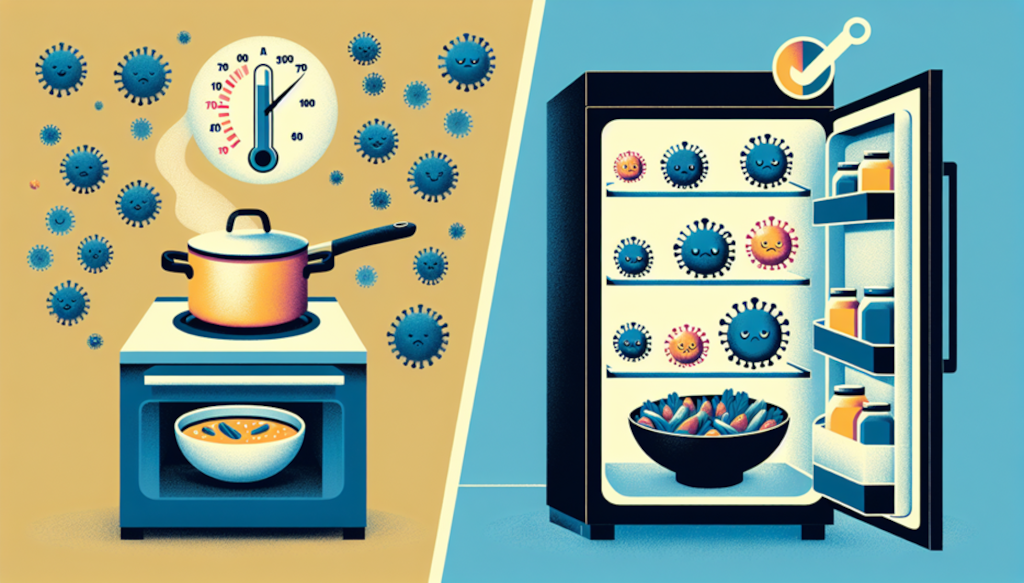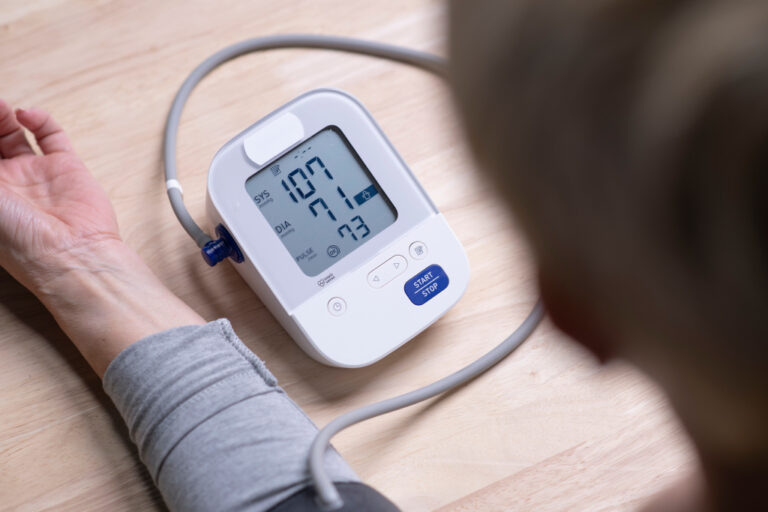You just found out your roommate has a cold—and they cooked dinner last night. Now you’re staring at that delicious leftover lasagna in the fridge, wondering, “Is it still safe to eat?” It’s a common worry, especially in cold and flu season. Should you reheat it? Freeze it? Toss it out?
Here’s the surprising truth: how you handle food after it’s been prepared by someone who’s sick can make a big difference—and not always in the way you’d expect.
Why I stopped trusting my freezer
I used to think freezing was the ultimate food safety hack. Got leftovers? Freeze them. Someone sneezed while making the salad? Freeze it. In my mind, cold temperatures = cold virus = game over.
But I was wrong.
A few winters ago, during flu season, I stored several soups in my freezer—some of them made by someone who was visibly under the weather. Weeks later, I defrosted one and ended up with a sore throat just 48 hours after eating it.
It wasn’t a coincidence. So I dug into the research—and what I found blew my “freezing solves everything” belief to pieces.
Cooking vs freezing: what actually kills viruses in food?
Let’s break it down, myth-buster style.
1. Cooking actually kills the virus
When food is heated to at least 70°C (158°F), it kills viruses—including cold viruses like common coronaviruses and even SARS-CoV-2. Cooking for several minutes at that temperature effectively destroys respiratory viruses that may be sitting on the food.
In other words:
- Hot soups and stews? You’re good—just make sure they’re piping hot all the way through.
- Microwaved leftovers? Stir and rotate. Cold spots can leave viruses untouched.
- Bake or sauté thoroughly to be safe.
Fun fact: A study during the early COVID-19 pandemic confirmed that coronaviruses are inactivated at 70°C for just 5 minutes. That’s faster than most commercial dishwashers sanitize.
2. Freezing does not kill viruses
This part shocked me: Freezing does not kill cold or flu viruses. It just puts them to sleep. The viruses become dormant—not dead—and wake up as soon as the food thaws.
So, if someone cooked when sick, and that food goes straight into the freezer? The viruses are still there when it defrosts.
- Freezing “preserves” viruses much like it preserves flavor or texture.
- Bacteria behave similarly—dormant while frozen, then active again once thawed.
- Freezing stops growth but doesn’t kill pathogens.
Food safety experiments dating back to the 1960s observed that viruses frozen for weeks remained infectious when thawed. That includes rhinovirus (common cold) and influenza. In fact, many labs use freezing to store viral samples!
3. The biggest risk is how you handle thawed food
This is the part a lot of people miss: Once food is thawed, viruses (and bacteria) can multiply fast—especially if the temperature hovers in the “danger zone” (between 5°C/41°F and 60°C/140°F).
So if you’re handling thawed food:
- Don’t let it sit out too long.
- Reheat thoroughly if you’re planning to eat it.
- Don’t refreeze—it won’t make it safer.
But wait… what if someone with a cold sneezes near your salad?
Cold viruses aren’t typically foodborne—but they can land on surfaces (like chopped veggies) and stay alive for hours. That’s why cooked food is safer than raw if the person preparing it is sick.
Cooking gives you control. Freezing doesn’t. That’s the big lesson here.
The takeaway: if in doubt, heat it up
If someone who’s under the weather made your food, freezing it won’t guarantee safety. But thorough cooking? That’s your best defense.
So when in doubt:
- Skip the cold leftovers.
- Bring that soup to a bubbling boil.
- And ensure food is steaming hot all the way through—above 70°C (158°F).
The next time someone says, “Don’t worry, I froze it,” you’ll know better.
Final challenge: Pick one habit to upgrade today—like always reheating your leftovers fully or tossing that raw salad made during flu season. Your immune system will thank you.




Leave a Comment